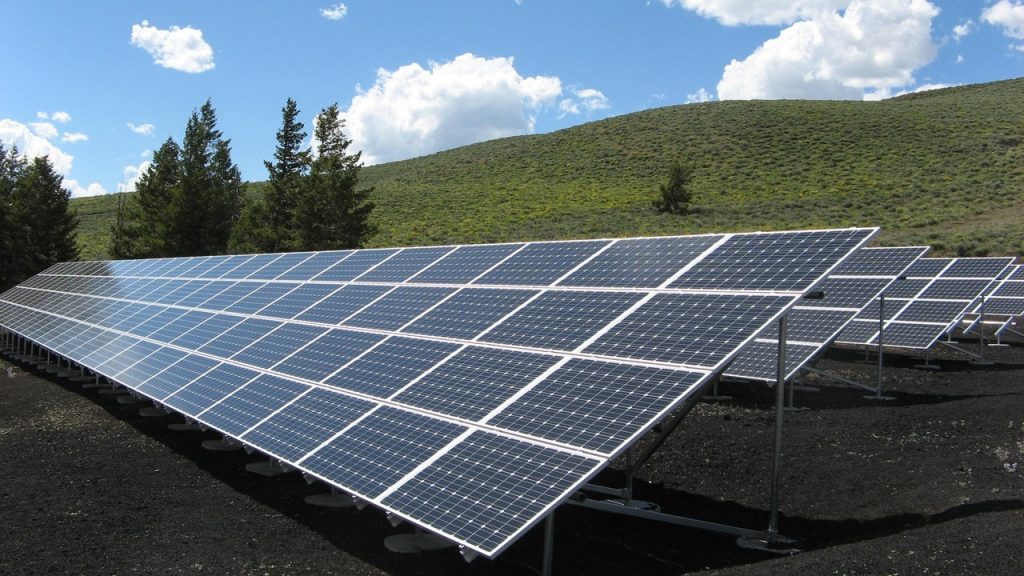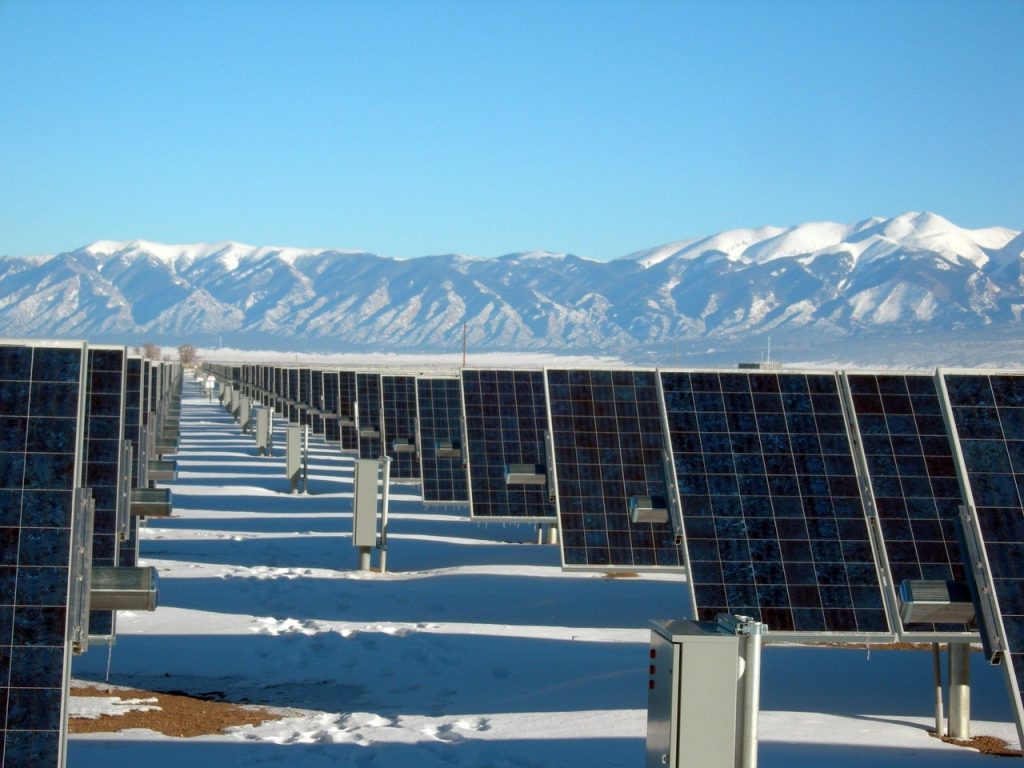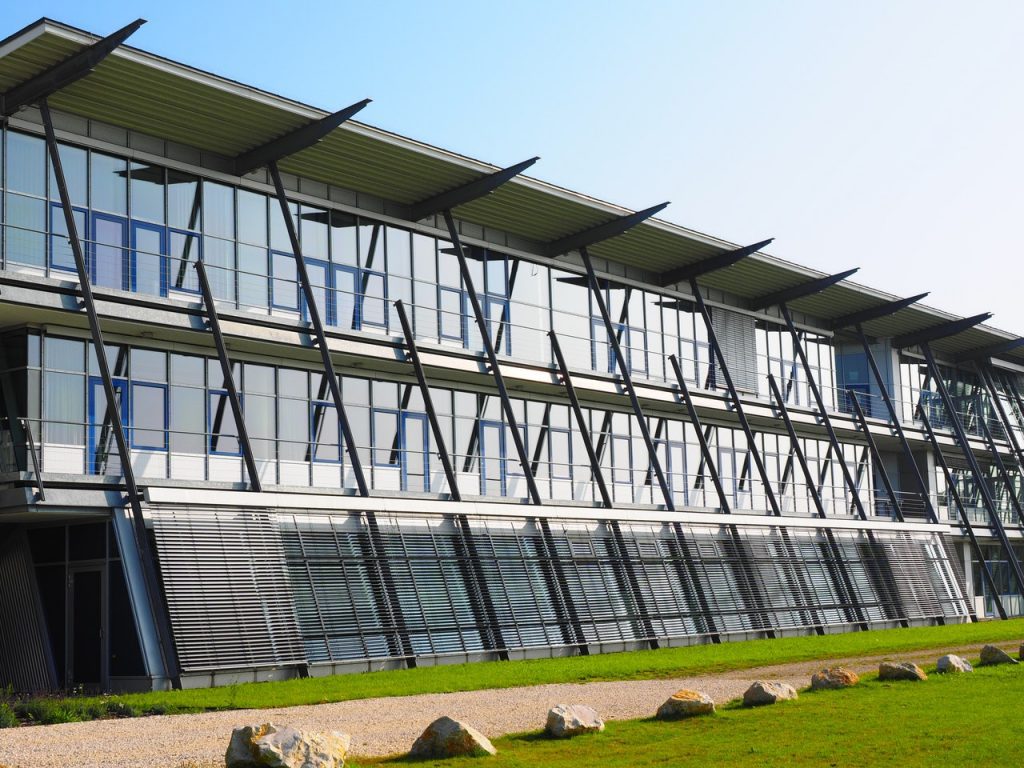 Solar power and renewable energy has been buzzwords for over the past 2 decades in some circles. And why not when we can witness some real effects of global climate change like sea water levels rising and polar icecaps melting. With this real evidence of climate change, why are we not already changing our ways especially when prices of solar panels are dropping and their reported efficiencies are increasing? Solar photovoltaic or Solar PV systems range from home rooftop-mounted panels to large utility power stations have been exponentially growing in popularity and because of such the price of a PV system has declined as well.
Solar power and renewable energy has been buzzwords for over the past 2 decades in some circles. And why not when we can witness some real effects of global climate change like sea water levels rising and polar icecaps melting. With this real evidence of climate change, why are we not already changing our ways especially when prices of solar panels are dropping and their reported efficiencies are increasing? Solar photovoltaic or Solar PV systems range from home rooftop-mounted panels to large utility power stations have been exponentially growing in popularity and because of such the price of a PV system has declined as well.
The Solar Tipping Point
There are areas in the US that have been past “the tipping point” for solar energy years already. In a capitalist society the tipping point, or the point where solar energy is viewed as a viable alternative, is when it becomes more profitable to install and utilize solar panels vs the cost of electricity generated by fossil fuels.Grid Parity
Of course, there are other reasons besides profits like the aforementioned effects of climate change, the desire to be self-sufficient off the grid, and even to build equity and value in your home. What is looked at is what is called grid parity. Grid parity is reached when an alternative source of energy can be used to generate power cheaper or equal to the price of the power purchased from the electrical grid. Solar generated power simply isn’t going to be as viable in some areas where there is inconsistent and little sun exposure as opposed to others. Now there are some areas in the US that have already reached grid parity. According to the U.S. Energy Information Administration (EIA), Hawaii is one example of an entire state that has reached grid parity since their cost of electricity is an alarming 31.14 cents per kWh (kilowatt hour). That is a 138% over of the average cost in the country (13.08 cents per kWh) and is currently the most expensive state to buy power from the grid. Hawaii is already past grid parity as are parts of California where the average cost is 18.81 but of 50 states only 15 are above the average 13.08 cents per kWh. The European country of Germany was one of the first to reach grid parity back in 2011-12. The cost and efficiency weren’t nearly as good as it is today, but Germany currently generates half of its energy needs from solar. Germany is also not one of those country’s that are ideal for solar PV due to its lack of long sunny days. Despite the poor solar irradiance and the high cost of the panels, it was a government mandate that enabled the country to make the jump to solar PV.
The Sun Never Stops Shining
The main benefit of Solar energy is the fact that the Sun isn’t going to stop shining in our lifetime. Solar energy is one of the few actual renewable energies like wind, rain, and waves that the capture of such energy doesn’t deplete the source. So, the main benefit of solar energy is not only that the fuel is readily available (mostly) and renewable, but it is free of cost. It could be imagined easily that areas like deserts that have ample supply of cheap available flat land that is overexposed with sunlight, especially since the climate doesn’t allow for much cloud cover, would be great places to set up commercial solar farms. These remote locations are not without their own challenges. Outside of the obvious capital cost of for the solar PV system panels and components to capture the sun and the batteries to store the energy, there are some other characteristics of deserts that can dramatically increase the operating costs.– Normally deserts, due to their harsh climates, are far from population centers so not only roads would need to be paved for easy access but there is the cost of housing and transportation for the engineers and maintenance crew.
– There would need to be a nearby water source as well for the maintenance and cleaning of the solar panels.
-Not only do you need to install the solar PV array but the infrastructure to transmit the power to the grid.
-High power transmission lines would have to be installed and deserts make it difficult to impossible to set foundations to put up the towers.
-There is the energy cost to transmit the power as some is lost line resistance which takes away from the plant efficiency.
-Deserts are hot and solar PV panels don’t perform so efficiently in very hot weather.
-Sand and dunes shift with normal winds, not to mention the occasional sand storm that can cause additional maintenance.
-Security costs in remote rural areas to prevent vandalization and the stripping of the solar PV system. Despite these costs and challenges, there are currently a number of such facilities operating with more being setup every day. One solar thermal project located in the California Mojave Desert is called the Ivanpah Solar Power facility which is found right across the state line of Primm Nevada. It was connected to the energy grid back in 2013 and, when it was formally opened in 2014, was and is the world’s largest solar thermal power station generating 392 MW of electrical power.



